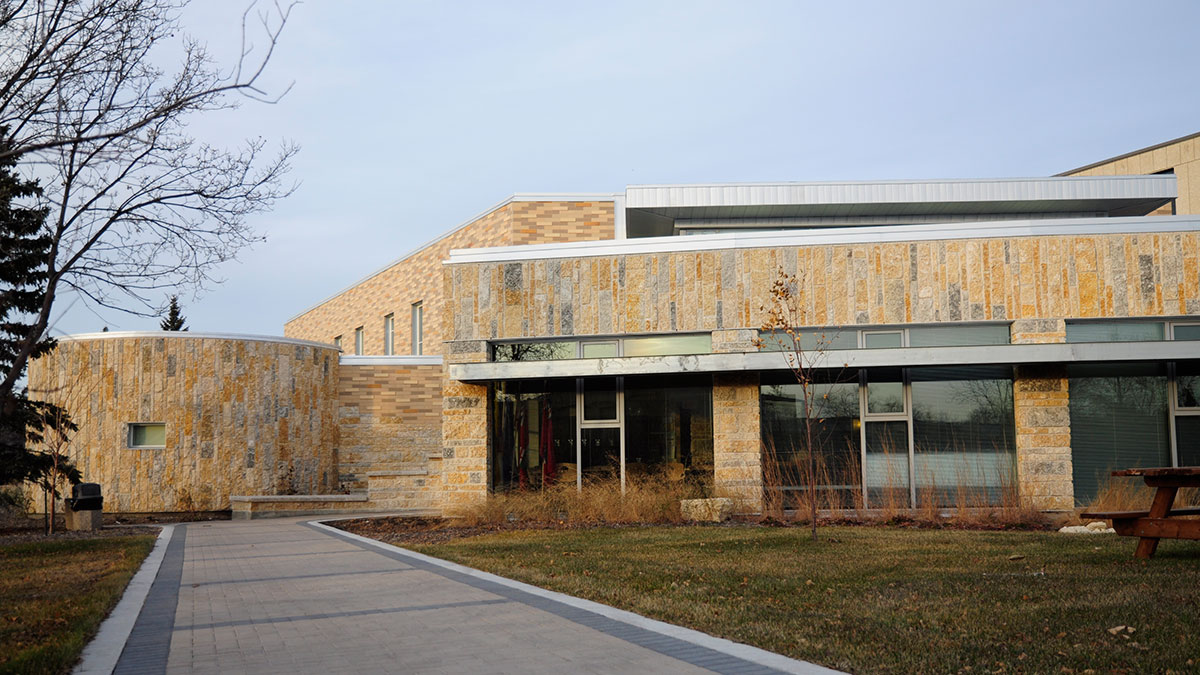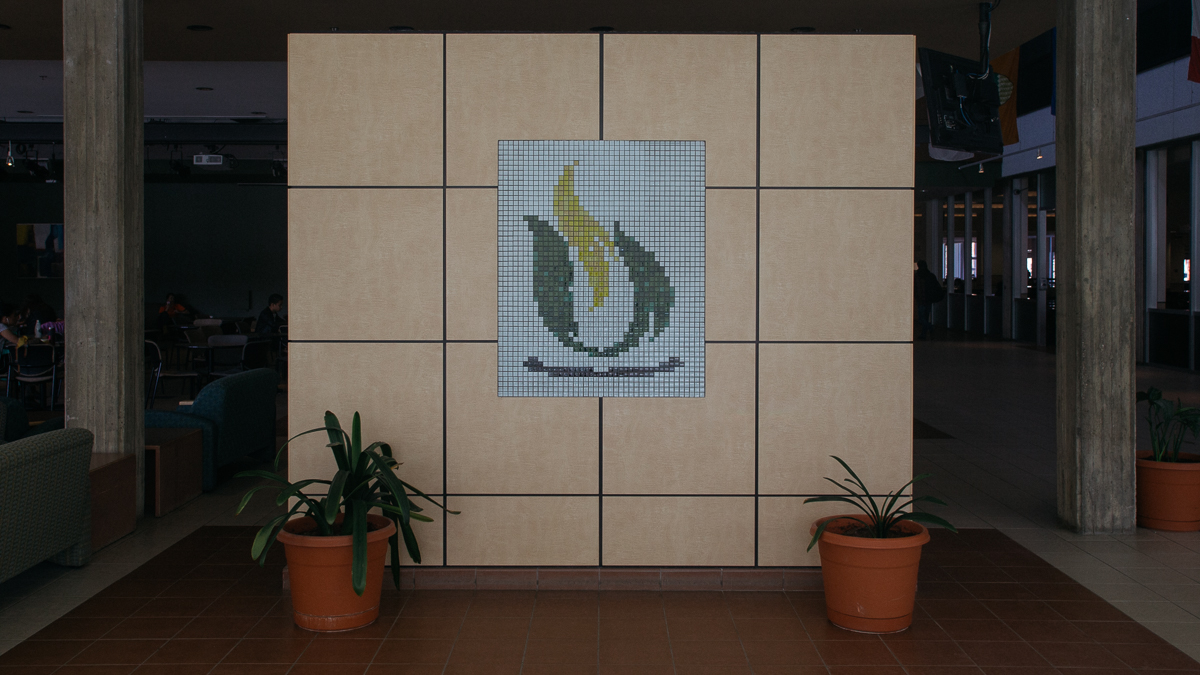 Supplied — Userask
Supplied — UseraskThere’s plenty of conversation about equity these days but quite a bit less action to back it all up.
When schools adopt whichever diversity policy, they usually receive widespread media attention. For example, Ontario recently took measures to make education free for many families by 2017/2018. The University of Toronto is introducing a census next year for race, ethnicity, gender identity, sexual identity, and religion of the student body — that’s to scan for inequities. The University of Manitoba’s Faculty of Education has recently decided to reserve 45 per cent of its seats up from ten per cent for “diversity students.”
Acknowledging demographic imbalances and understanding why they exist is step one. But setting aside seats for people of this or that group in the name of equity doesn’t exactly work out. Those demographic imbalances exist because of disadvantages certain groups face when it comes to post-secondary.
I mean, it’s certainly not fair that my friend, let’s call her Nicky, cannot seriously envision a future in post-secondary. In an ideal world, she’d be in university with me, but she has to work to provide for her grandmother. Leaving for school would mean leaving her grandmother alone, which is risky (Nicky’s mother might steal from the grandmother, who is too old to defend herself.) Her band — First Nations band, not musical band — said they would cover her tuition if she did go to university, but they said the same thing about her braces. They never paid for her braces. She experiences serious bouts of depression and self-harm. Her girlfriend lives miles away in Minnesota. For Nicky, there’s only a distant hope of going to school.
Seats reserved for people like Nicky are not usually filled. It looks good to create demographic targets in the name of equity or diversity, but the problem lies with the number of applicants. Seriously disadvantaged people are unlikely to apply to expensive, strenuous post-secondary in the first place.
The school says “We don’t have enough X,” when it should be “Why isn’t X applying?”
Right now the University of Manitoba uses a similar diversity policy. According to U of M Associate Dean Melanie Janzen, their 10 per cent of reserved seats are, again, not filled.
In two years, that five per cent diversity target is being bumped up to 45 per cent. Targets are pretty specific: Canadian Indigenous peoples, racialized persons, LGBTQ persons, persons with disabilities, and disadvantaged persons. Yes, 45 per cent is pretty high, but in reality, most of those reserved seats aren’t going to fill up (so you don’t have to worry about program dilution.) That’s because people either don’t apply in the first place, or if they do apply, their marks are high enough to be accepted as a regular, non-diversity student. Diversity applicants still have to meet an academic minimum for admission, but they’re given a lower competitive average.
Unclaimed seats go back to regular applicants, which happens in most cases. People like my friend Nicky are busy worrying about things like working a full-time job, dealing with mental illness, or both. Yes, it’s great institutions want people like her. But it’s not great when the only thing institutions do is declare “I Want You” and leave it at that. If schools actually want to make a difference in the demographic landscape, they should focus on recruitment and retention.
Diversity targets are a thing at the University of Alberta too. Our Faculty of Education sets aside ten per cent of seats for Indigenous students (about six per cent are filled.) Those students sometimes enter through the U of A’s Transition Year Program, which helps students meet program entrance requirements with insufficient high school scores. Others enter from the Aboriginal Teacher Education Program, which provides a university-level education within communities. Actively reaching out to disadvantaged education students like this will get you a lot further along in increasing diversity of an entire system. An education with six per cent Indigenous students is impressive, and I don’t doubt that active retention helps with that.
Education isn’t a professional program, so academic standards don’t need to be strict. Doctors and engineers need to get competitively high grades to maintain the integrity of their profession. Teachers are different — good grades aren’t necessarily indicative of performance in the real world because the job is practical. The idea of increasing diversity in the education program is to create a diverse teaching workforce, which might offer students a wider support network in class. It might also just open more doors, and think beyond the idea that good grades are not indicators of good teaching. If we’re going to look at grades in education, we should be thinking about classroom performance, practicum performance, and which one is more important to the overall degree.
Increasing diversity in education isn’t a bad thing if it doesn’t decrease the quality in education programs. But if we really want K-12 students and provincial education systems to benefit from diversity initiatives, we should emphasize recruitment rather than simply opening seats up for students.
I think back to my friend: she can access a bunch of grants, she has apparent support from her band — things check out on paper. But she thinks to every life factor counting against her and there’s no way she can go to school. Nicky is up against life, not students with high grades.




